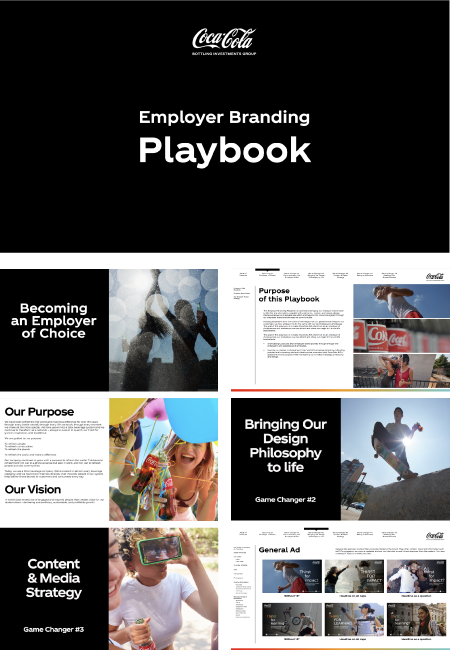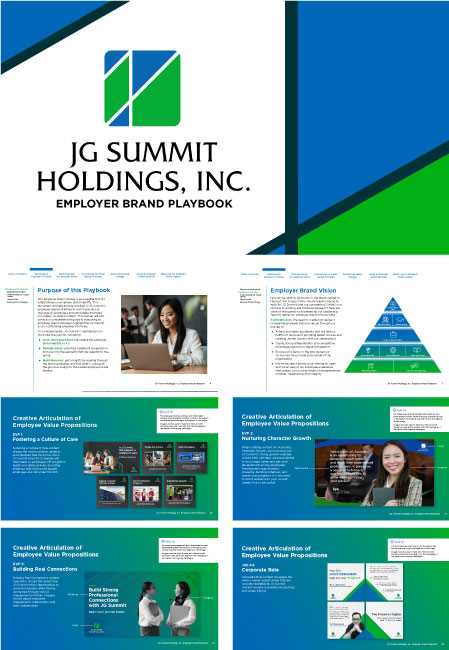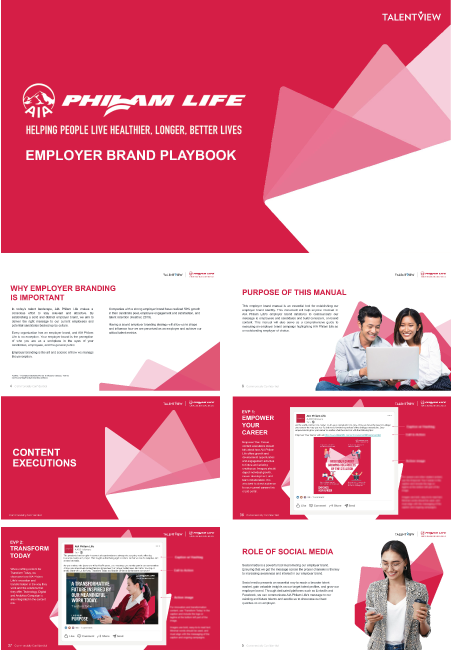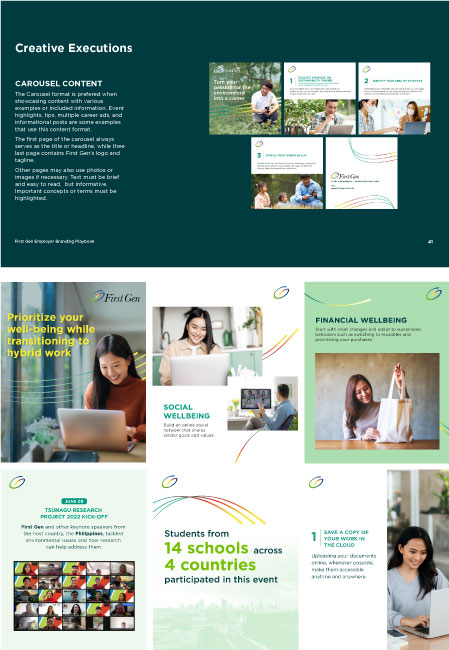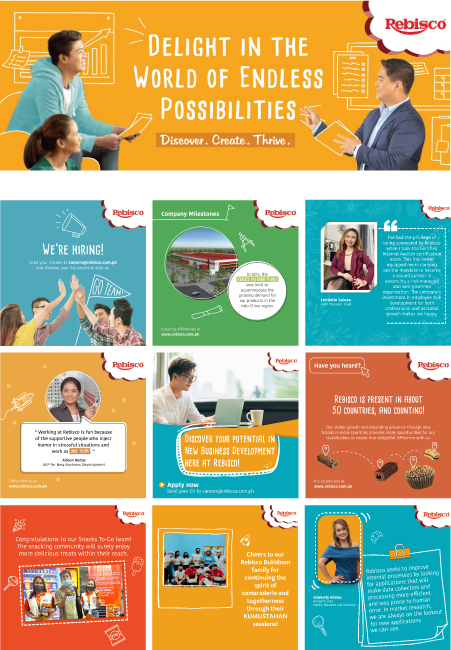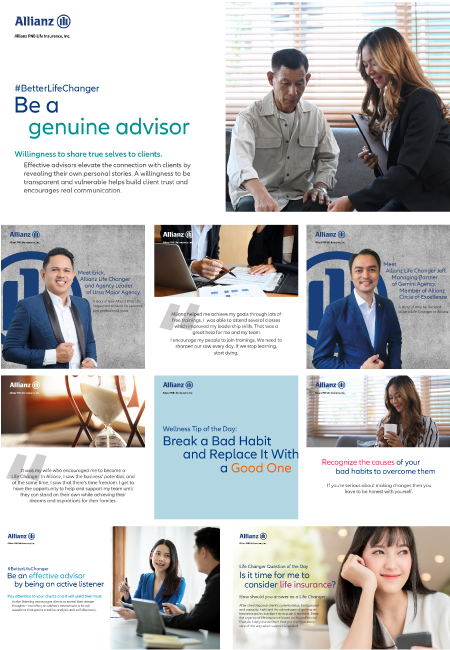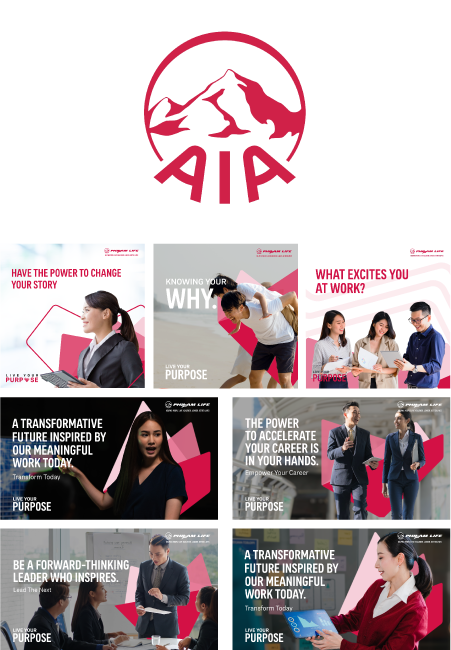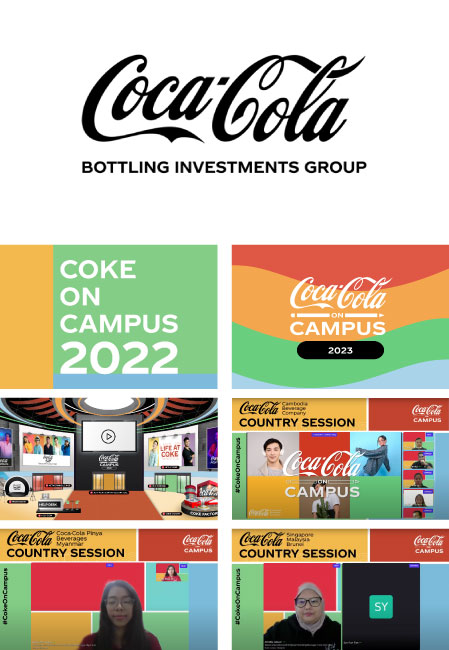How does the future of work look like?
Top Benefits and Opportunities
Five ways an embodied internet is set to transform the future of work. Technologists have been whispering about the metaverse and new ways of using VR. Now, it’s starting to emerge.
Technologists have been whispering about the metaverse workplace and new ways of using VR. Now, it’s starting to emerge.
There’s been plenty of talk on how the next iteration of the internet – an internet you can step inside – changes gaming, entertainment, and social connection. But the metaverse also means profound changes when it comes to the world of work.
Advances in virtual reality (VR) technologies will mean more immersive, and useful, virtual spaces. And new augmented reality and hologram technologies will mean environments that seamlessly blend the digital with the physical world around us. As rising numbers of organizations adopt these technologies, the benefits will be made available to millions of workers across industries and around the world.
From team collaboration, to learning and development, to company culture, here are five ways that the metaverse and virtual reality is set to transform the future of work and business.






1. Using Metaverse, VR and AR for better meetings
First transformational benefit of an internet we step inside? The ability, simply, to be together. To share a room with colleagues or clients in person, from wherever you are.
This is a game-changer for meetings and team collaboration.
The last 18 months have served to remind us all of the limitations of remote meetings and collaborations. When meetings happen via a window on a screen, the fatigue is real. Stanford University’s Virtual Human Interaction Lab recently published the first peer-reviewed study on video call fatigue; researchers found that reduced mobility and lack of access to body language and other non-verbal cues are both major contributory factors.
In the metaverse, all that can change. We’ll be able to create highly realistic 3D avatars – that is, virtual representations of ourselves – that mirror our body language as we speak, and we’ll enter VR and AR environments using those avatars.
That means remote meetings that feel as though you and your colleagues really are sharing the same room, with all the benefits to communication, trust, and authentic connection that this brings. And the ability to bring senior leaders and frontline workers together to form the kinds of connections that just don’t happen via a screen.
The ability to share a virtual space also unlocks huge benefits when it comes to collaboration and creativity.
An internet of screens allows for real-time collaboration on a shared document: we're all accustomed to that. But an embodied internet will mean the ability to share and collaborate on a far wider range of virtual objects: think automotive engineers sharing a 3D model of a new braking system, or fashion designers working on life-sized virtual representations of this season’s collection.
This ability to share a wide range of virtual objects is transformative for the many kinds of teams whose most important work doesn't happen on a page.
2. The next level of remote work
When the first lockdowns struck in 2020, millions around the world were able to continue to be productive from home. Now, remote and hybrid work models are here to stay.
But there’s a problem. In a hybrid or remote work world, many knowledge workers shuttle constantly between home, the office, cafés, and meeting places. While the flexibility is great, being itinerant in this way makes it impossible to truly own a single desk, and desktop setup. Instead, workers are left continually making and remaking the optimum setup.
The metaverse offers a powerful solution.
VR and AR technologies will allow you to take your perfect desktop setup with you, wherever you go. That means multiple virtual screens, arranged just how you like them. A virtual keyboard that you summon as needed. Alerts and notifications; on or off. For designers, artists, coders, and many others working with multiple screens and a complex dashboard of tools, the benefits here are huge.
Think of it as a kind of infinite office. It’s already possible inside fully immersive VR environments, such as that offered by the Oculus Quest 2. But in time, a new generation of AR glasses – not much larger or heavier than an ordinary pair of spectacles – will allow us to summon digital keyboards, screens, and more into the real world, so that we see them as a layer across our physical environment.
Getting noisy at the kitchen table? No problem, take your desk to the park! It’s your bubble, anywhere.
3. Using Metaverse for better job training
The metaverse will transform professional learning and development.
We all know that the internet has already revolutionised the way we learn. But as the metaverse allows instructors of all kinds to move from screens to VR and AR spaces, this will facilitate a shift from telling to truly showing.
Trainee surgeons from across the world will stand with a leading heart surgeon as she operates. Architects will look through AR glasses at a 3D model that floats above their desk, while their teacher – thousands of miles away – talks them through the key design principles.
Customer service representatives will come together in VR to roleplay scenes, and take detailed feedback on body language and other emotional cues.
We all know that we often learn best when we not only listen, but do. And that in today’s complex world, learning can end when we leave formal education: it has to continue throughout life. The metaverse will give workers around the world, and in every industry, the chance to observe, stand alongside, and learn from the best in their fields. Get ready for the age of metaverse mentors.
4. How VR rooms would change the traditional workplace
At work, many of us listen to music to get into the right headspace for the task at hand. But in the metaverse, our ability to shape the environment we inhabit around our work will extend far beyond music.
We'll be able to create and enter new VR and AR spaces that are optimized for various kinds of tasks. Want to focus and go deep on a creative project? There's a VR room for that. Want to brainstorm with the team, and need to generate creative energy? Use AR to add dynamic digital elements to the workaday conference room you’ve been assigned.
The idea that our physical surroundings are not infinitely malleable is so hardwired that we never stop to question it. The metaverse blows this limitation away.
Creative tools will enable us to shape and refine the space around us to suit our needs and preferences. Don’t have time for that? Other creators will compete to serve you the kinds of spaces you need. And as we learn more about how to optimize rooms for specific kinds of tasks – think size, colours, music, and more – these rooms will become ever more effective.
“The metaverse will give workers the chance to observe, stand alongside, and learn from the best in their fields”
5. A revolution for organizational culture
Today, working life is often structured by a hierarchy of spaces.
There are elite spaces: the global HQ, the top floor, the boardroom. And all too often – especially in large organizations – they serve to keep senior leaders apart from staff working on the front line: satellite offices, factory floors, fulfillment centers, and more.
But the metaverse workplace allows a new, and radical, democracy of space and physical presence. That’s not just a practical revolution; it can mean a revolution for organizational culture, too.
For the first time, we can create spaces that will allow everyone – in even the most globally dispersed organization – equal access. That means everyone can share the room with senior leaders. In the metaverse, frontline workers can have after work drinks with the CEO.
In the 2020s, traditional organizational cultures are changing. Now more than ever, leaders are aware of the need to break down old barriers between staff, and listen to a diversity of voices. Shared metaversal spaces, and the opportunities they offer to bring people together in new ways, will play a crucial role in this shift.
This article first appeared in Workplace Blog:
7 must-do’s to connect and empower Employees


TalentView is a leader in employer branding strategy, design and technology. With teams across the ASEAN region, TalentView’s professional solutions help to create memorable experiences across the talent lifecycle to attract, engage and retain talent. Working directly with business leaders in Fortune 1000 companies, TalentView is well-positioned to provide talent insights and is an accredited partner of key global players including Workplace from Facebook, Talegent, Indeed, Hootsuite, Digimind and PhoenixATS.
Copyright © TalentView Asia, 2023 | Privacy Policy





